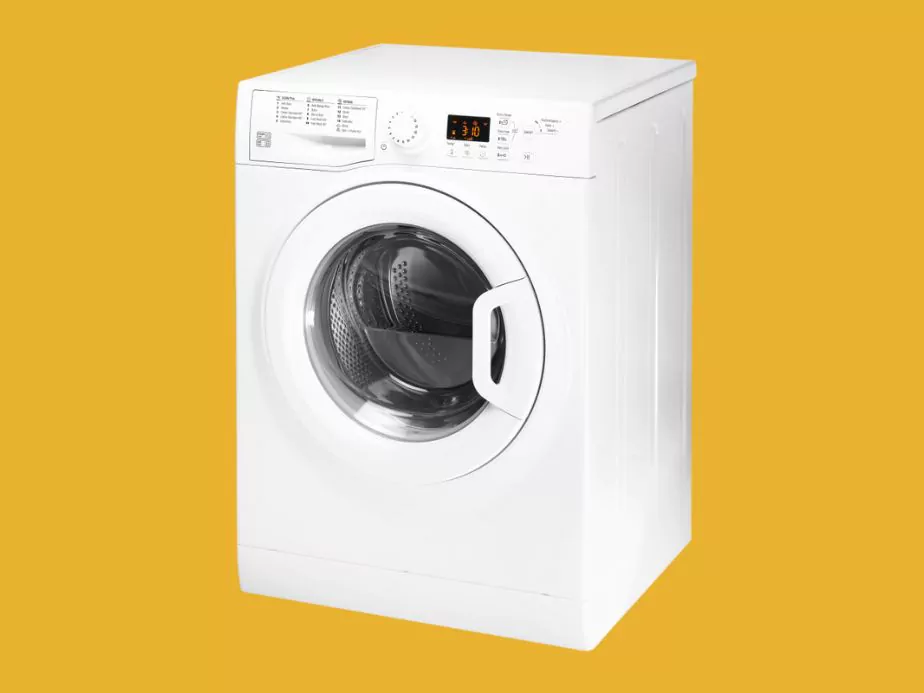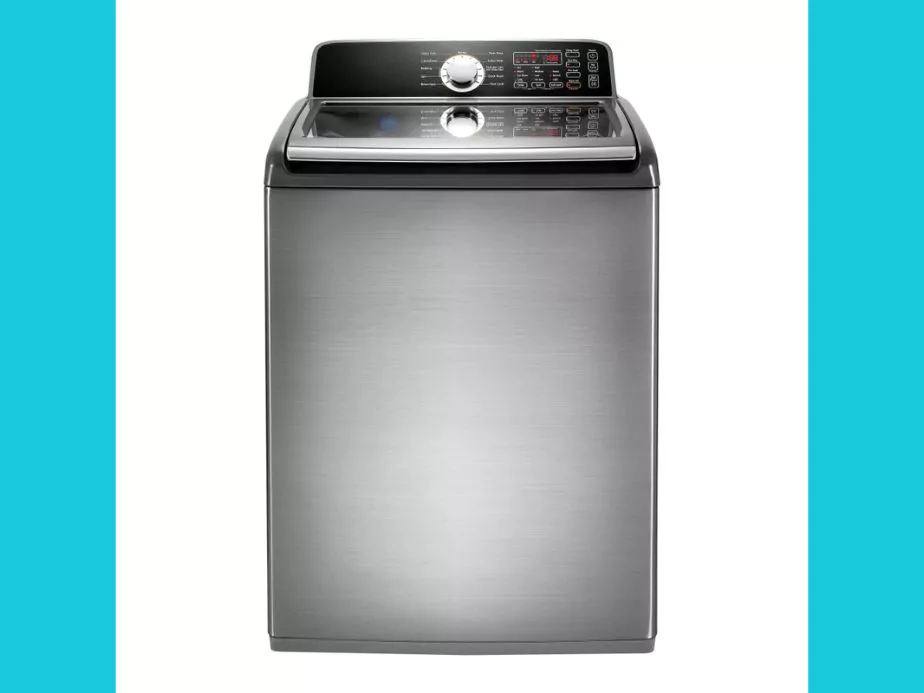What are the different types of washing machines?

Choosing the right washing machine for your home isn’t a decision to take lightly. This essential appliance has the potential to save you hours of manual labour, providing the utmost convenience and efficiency. To ensure you make the most informed choice, it’s essential to understand what are the different types of washing machines available in the market. This comprehensive guide will walk you through all the options to help you make the best decision based on your needs, budget, and space constraints.
1 Overview of Washing Machine Types
The two primary types of washing machines are front-loading and top-loading machines. However, these can be further categorised based on their load size, automation level, and function. Thus, here are the six types of washing machines we will be discussing in this blog:
2 Front-Loading Washing Machine

Front-loading machines are among the most popular models on the market, prized for their efficiency and superior performance. As the name suggests, the clothes are loaded from the front, making it easier to stack the machine in tight spaces. They use less water and detergent compared to top-loaders and are known to clean clothes more thoroughly.
Front-loaders work by tumbling clothes through a small pool of water at the bottom of the drum, making them gentler on fabrics. They also have faster spin cycles, meaning they remove more water, reducing the drying time. On the flip side, front-loaders tend to be more expensive upfront and may require bending to load and unload, which may not be ideal for some individuals.
3 Top-Loading Washing Machine

Top-loading machines have been a common sight in households for decades. These machines are loaded from the top and generally are easier to load and unload as they don’t require bending.
There are two types of top-loaders: those with agitators and those with impellers. Agitators are a spindle located in the middle of the drum that twists and turns during the wash cycle, moving the clothes around. Impellers are a low-profile cone or disc that rotates, creating currents that swirl the clothes through the water.
While top-loading machines with agitators clean clothes thoroughly, they can sometimes be rough on delicate fabrics. In contrast, machines with impellers are more gentle on clothes but may not clean heavily soiled garments as effectively. Top-loaders also typically use more water and take longer to wash than front-loaders.
4 Semi-Automatic Washing Machine

As the name implies, semi-automatic machines require some manual input. These machines are typically top-loading and feature two tubs: one for washing and another for drying. After the washing cycle is completed, you must manually move the clothes to the drying tub.
The significant advantage of semi-automatic machines is their lower cost and the fact that they use less water. They’re also flexible, allowing you to add or remove clothes mid-cycle. However, they do require more time and effort from the user.
5 Fully Automatic Washing Machine

Fully automatic machines do everything at the touch of a button. They wash, rinse, and dry your clothes without any manual intervention. These machines can be either top-loading or front-loading and typically offer a variety of washing programs.
While these machines are more expensive than semi-automatic models, they provide unparalleled convenience. They’re also generally more energy-efficient, although they do use more water.
6 Washer Only
A washer-only machine does just that—it washes the clothes. After the cycle, you’ll need to air or tumble dry your garments. These machines are less expensive and simpler to use. However, they lack the convenience of a built-in dryer, making them less ideal for users in small spaces or damp climates where air-drying clothes can be a challenge.
7 Washer Dryer Combo
A washer-dryer combo is a single machine that both washes and dries your clothes. These appliances are perfect for small homes or apartments without a dedicated laundry room or the ability to vent a traditional dryer. However, they have smaller capacities than standalone washers or dryers, and the drying cycles can be quite lengthy. They can be either front-loading or top-loading.
While the initial cost is higher, you save space and don’t need to manually transfer clothes from the washer to the dryer. Nevertheless, keep in mind that if the machine breaks, you will lose both your washer and dryer in one fell swoop.
8 Factors to Consider When Choosing a Washing Machine
Now that you understand the different types of washing machines, here are some factors to consider when making your choice.
Budget: Your budget will likely be a significant factor in your decision. Front-loading and fully automatic machines can be expensive but offer high performance and convenience. If budget is a concern, top-loading or semi-automatic machines are more affordable options.
Space: Consider the amount of space you have. If space is tight, a front-loading or a washer-dryer combo machine may be a good fit.
Load Size: If you have a large family or need to wash bulky items like comforters, you’ll want a machine with a larger drum capacity.
Usage: Consider how frequently you plan to use your machine. If you use it heavily, investing in a more durable and efficient front-loader may be worthwhile.
Energy and Water Efficiency: To reduce your utility bills and environmental footprint, consider a machine with high energy and water efficiency ratings.
Noise Level: If your laundry area is near living or sleeping spaces, you may want to consider a machine known for quiet operation.
9 Wrapping Up
Selecting a washing machine requires considering your specific needs, including your budget, space constraints, and laundry habits. With this guide to the different types of washing machines, you’re well-equipped to make an informed decision. Remember to also consider the machine’s energy and water efficiency, load capacity, and noise level before finalising your purchase.
Whether you choose a front-loading or top-loading, semi-automatic or fully automatic, or a washer-only or washer-dryer combo machine, the right washing machine can transform a once-tedious chore into a simple task, providing you with more time to enjoy life’s more enjoyable activities.
Community Q&A
About This Article
This article has been viewed 471 times.



